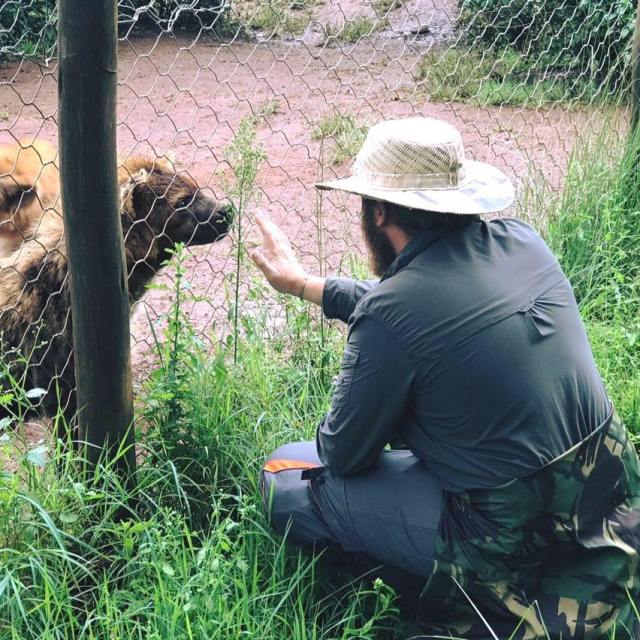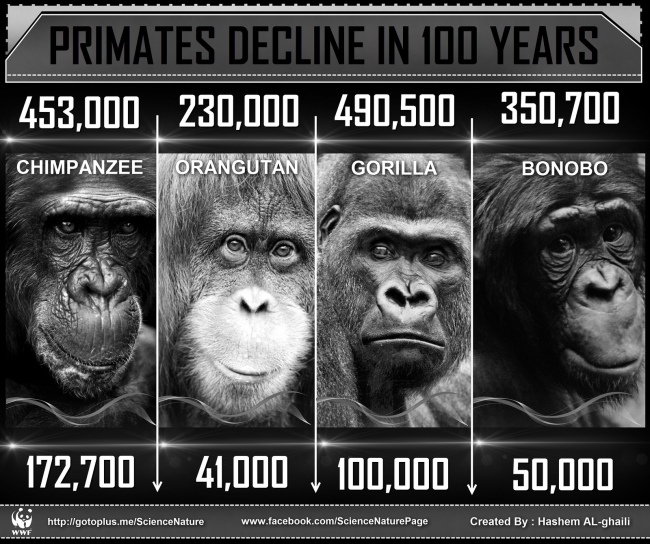
Volunteer Experience at Wild Futures
By Rosie Bowman
I arrived at The Monkey Sanctuary to complete a 5-week work placement as part of my degree, not knowing what to expect and definitely underestimating the impact and value of the experience. For some misguided reason I was surprised to meet such a welcoming ‘family’ of work mates, with no apparent age or sex bias. As an animal lover, or someone particularly interested in primates, you’re almost guaranteed to get along with the people here. The keepers and volunteers bring to the table a wide range of backgrounds, cultures and experience, which makes for interesting conservation and debates; the opportunity to make a good impression on the sanctuary staff should not be nervously anticipated but embraced. Outside of working hours, there is no rift between volunteers and keepers, which affirms the friendly environment and makes for a close-knit community in which you feel entwined almost immediately.

The social life and communal living is in all honesty what you make of it; there is nothing smothering about it, but you get what you give (as always in life!). I’d hasten to add how approachable all the keepers are and how valuable it is to use the opportunity to get to know these people and learn from them- I’ve learnt more here than I would usually do sat in lectures at University, about not only primates, but all wildlife conservation, the environment and sustainable living. Communal living obviously has its challenges, and there is some amazing scenery to immerse yourself in if there is a need for personal space at any time!

Ollie the Woolly Monkey enjoying some enrichment
The food here challenges misconceptions about the vegan diet and I’d encourage anyone to give it a go- the café’s own food is delicious and there’s a fair share of cooking for yourself and being cooked for. Volunteer cook nights are a great way to make friendships, especially so if you don’t know what you’re doing with the ingredients at hand!
What’s refreshing is that there is nothing hypocritical in the practice here in terms of the sanctuary’s ethos revolved around rehabilitation; it is in fact pleasing to appreciate the species barrier, which isn’t respected in the same manner in different environments. At the same time, whilst volunteers experience no direct interaction with the monkeys, it’s hard not to notice some special characters in the groups we work alongside, and to enjoy observing some fascinating behaviours even if it’s out of the corner of your eye! It’s easy to understand and respect the rules concerning the barrier between humans and the monkeys as soon as you arrive, and this realisation has challenged my views on captive animal husbandry and care outside the sanctuary environment.
 Volunteers and keepers unwinding after a days work by a bonfire on the beach
Volunteers and keepers unwinding after a days work by a bonfire on the beach
Volunteer’s routine is in no way menial, in that it is shared with the keepers and is clearly contributing to the end product; a functioning sanctuary, which makes even seemingly tedious tasks rewarding. What’s even more satisfying is if you can witness the completion of your work, whether that’s observing the monkeys enjoying the food or enrichment you make for them or hearing positive visitor feedback. As with any workplace, the more reliable you show yourself to be the more responsibilities you are given, and although independent work is a big part of the duties here, there is always someone around willing to give advice and direction if needs be. The fact that many of the keepers started off as volunteers makes them very understanding.
No day is the same, and I believe that regardless of how long you spend here it is a continual learning process. Every day during routine you see new faces, hear new vocalisations and witness different socialisation in the monkey groups you work alongside, which always keeps things interesting. You’re bound to have a favourite monkey by the end of your first week here!

Looe; the nearest town with some beautiful views
I’m coming away from here a different person, after enjoying a one-off experience made special by the people and the animals I’ve worked with, that could not be replicated anywhere else. I wouldn’t hesitate to recommend volunteering here to anyone with an appreciation for nature and all within it, and in a way I wish the experience didn’t have to come to an end.
Volunteer Testimonials;
“I have thoroughly enjoyed my time working at the santuary; it’s allowed me to gain an insight into how theses animals are cared for on a daily basis, and give me a new perspective on animals being kept in captivity. The best part of the experience is the people who I have met and worked with, but also being able to work with the monkeys and learn more about each individual and being given independence.” Luke, UK, aged 20
“I was nervous about coming to Wild Futures in the beginning but I have met some great people and learnt more in two weeks than I have a year and a half at the previous sanctuary I volunteered for! This is an experience I will never forget and hope to return later this year!!” Katharine, Poland, aged 34
“I was very nervous about coming to the monkey sanctuary, especially as I’ve come all the way from Australia and if I didn’t like it, or the people, then I was going to be stuck here for a long time. But, I have been very pleasantly surprised at how amazing and welcoming this place is. The work can be hard, but is rewarding and I feel that the time is already going too quickly. Even though I have only been here for two weeks so far, I feel like coming here is going to be one of the best decisions I’ve made.” Hannah, Tasmania, aged 21
“For me volunteering at the Monkey Sanctuary was a way to experience something new and explore my career options after a degree in Biology. Nonetheless, being here for just a couple of days has made me realise that there is much more to it. Meeting people of the same frame of mind is a great part of it. At the same time I now see how rewarding it feels to offer my time and skills towards a cause I deeply support.” Makrina, Greece, aged 19
“When I arrived at The Monkey Sanctuary I wasn’t really too sure what to expect, but after staying here a month I would certainly recommend the sanctuary to everyone. I’ve gained so much experience in the cleaning and husbandry of primates and have met such a great range of people who I will certainly keep in contact with.” Georgie, UK, aged 19



 Getting to know some of our resident hyenas
Getting to know some of our resident hyenas








